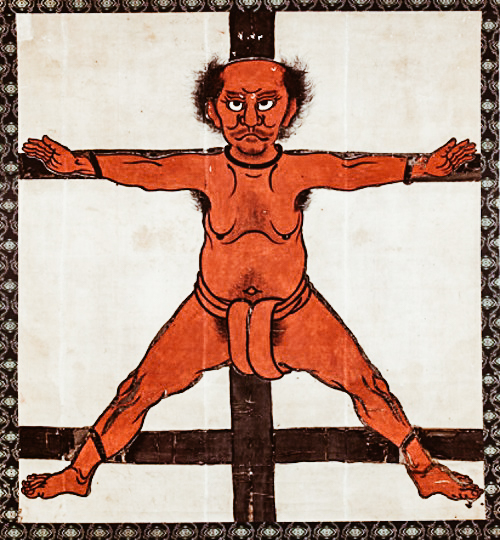Japan History: Torii Suneemon

photo credits: japanworld.info
Torii Suneemon (1540 – 1575) è stato un samurai giapponese della famiglia Torii, conosciuto per il suo coraggio e per l’incredibile valore dimostrato nella battaglia di Nagashino (1575). Della sua gioventù, si sa che era un soldato ashigaru che serviva Okudaira Sadamasa, vassallo di Tokugawa Ieyasu e maestro del castello di Nagashino.
Il 17 Giugno 1575, dopo aver fallito la presa del Castello Yoshida in Toyohashi, 15,000 dei samurai di Takeda Katsuyori attaccarono il Castello di Nagashino nella moderna Shinshiro City, nella prefettura di Aichi. Nagashino con solo 500 uomini, è stato costruito in cima a una scogliera, dove l’Ure e i fiumi Kansa si dividevano e fungevano da fossato naturale. Era un castello strategicamente importante, facendo la guardia ai Tokugawa dalla minaccia del Takeda del nord. Takeda Katsuyori, figlio del famoso Takeda Shingen era impegnato a raggiungere la capitale, Kyoto, nel tentativo di ottenere il controllo della nazione.
Per arrivare a Kyoto, hanno prima dovuto conquistare Mikawa e Owari, terre detenute dagli alleati Tokugawa Ieyasu e Oda Nobunaga. Il castello di Nagashino era importante in quanto minacciava le linee di rifornimento del clan Takeda.

photo credits: asianartscollection.com
Le forze dei Takeda avevano circondato il castello, e il coraggioso Torii si offrì volontario per lasciare il castello, nuotare lungo il fiume e tagliare le reti tracciate vicino il nemico. Successivamente avrebbe dovuto camminare per 25 km da Okazaki e chiamare Tokugawa Ieyasu. Dopo averlo avvisato e aver richiesto rinforzi, Torii tornò rapidamente a Nagashino dove fu catturato mentre cercava di tornare nel castello.
La storia narra di come Torii Suneemon fosse stato legato e crocifisso con corde di paglia in bella vista ai suoi compatrioti dal castello di Nagashino. “Dì loro che i rinforzi non arriveranno, dì loro di rinunciare al castello e di uscire!” sibilò uno dei suoi rapitori. Torii alzò gli occhi verso il castello urlando: “Uomini del castello di Nagashino… Non arrendetevi! Gli uomini di Ieyasu stanno arrivando! Aspettate ancora un po’!”. A seguito di questo suo exploit, fu messo a tacere da una lancia conficcata nello stomaco.
Le forze del clan Tokugawa e degli alleati Oda alla fine arrivarono sulla scena una settimana dopo con 38.000 soldati, creando un importante punto di svolta nella storia del Giappone e la guerra dei samurai, la battaglia di Nagashino e Shitaragahara.
E’ interessante sapere che un Samurai dei Takeda, Ochiai Michihisa, rimase così impressionato dalla lealtà e dal coraggio di Torii che in una battaglia mostrò una bandiera con l’immagine del Samurai crocifisso. Quella bandiera è oggi conservata nella biblioteca dell’Università di Tokyo.
Il martire Torii fu promosso postumo alla classe dei samurai e la sua famiglia continuò a servire il clan Okudaira fino alla fine del periodo Edo. È entrato nei libri di storia come uno dei Samurai più coraggiosi e fedeli.

photo credits: japanworld.info
Una curiosità: sulla linea Lida è stata aperta una stazione ferroviaria che porta il nome del coraggioso Samurai, un posto non molto lontano dal luogo della sua crocifissione.
Condividi:
- Fai clic per condividere su Facebook (Si apre in una nuova finestra)
- Fai clic qui per condividere su Twitter (Si apre in una nuova finestra)
- Fai clic qui per condividere su Tumblr (Si apre in una nuova finestra)
- Fai clic qui per condividere su Pinterest (Si apre in una nuova finestra)
- Fai clic per condividere su Telegram (Si apre in una nuova finestra)
- Fai clic per condividere su WhatsApp (Si apre in una nuova finestra)
- Fai clic qui per condividere su Reddit (Si apre in una nuova finestra)
- Fai clic qui per stampare (Si apre in una nuova finestra)






